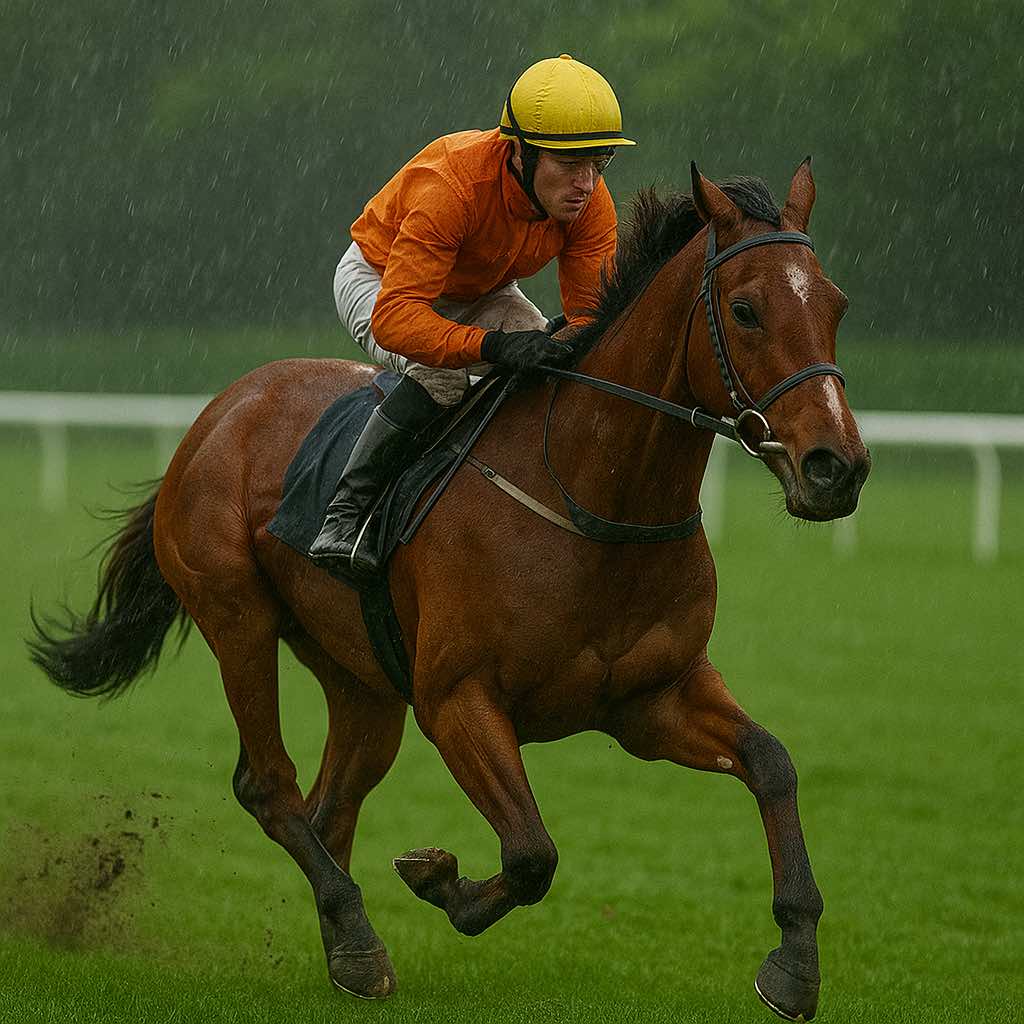Track Conditions & Betting Strategy
Published on August 9, 2025
Ever wondered how track conditions today can make or break your bet? It’s like knowing if the footy field is soggy or firm before stepping in — same for the turf!
Understanding horse racing track conditions explained is essential whether you’re chasing a big win or just planning your punt.
This guide breaks down the rating scale, common track biases, how to adjust staking, and what to ask before placing that bet.
The Rating Scale — Firm, Good, Soft, Heavy
How the System Works
In Aussie racing, the scale is simple yet powerful:
- Firm (1–2): A hard, dry track — often fastest and safest
- Good (3–5): Ideal balance — cushion with give; most horses love it
- Soft (6–7): Moist, workable turf — some horses plow through better than others
- Heavy (8–10): Deep and wet — grueling work for horses; stamina and weight matter most

Quick tip: Know the number scale 1–10 — it tells you the exact condition.
Our guide How To Read Track Conditions can be your assistant. Also, check out Track Conditions: Key Insights and Descriptions.
Track Bias & Common Cases
Track bias can dramatically affect race outcomes. Watch for these:
- Inside bias: Rail wear creates a quicker lane near the fence.
- Heavy bias: Front-runners dominate by avoiding the worst turf.
- Trainer reactions: Some will scratch horses if the track shifts unexpectedly.
Bold takeaway: Always check early for condition updates and changes.
Read more in Understanding Track Bias in Australian Racing.
Adjusting Your Staking Strategy
Tailor your bets to track conditions using this simple guide:
- Firm tracks: Bet on speedy horses with proven form.
- Good to Soft: More balanced — look for horses that handle cushion.
- Heavy: Bet on “mudlarks” with stamina and experience.
- Use tools like Betfair, staking calculators, or the Kelly Criterion.
Bold takeaway: Adjusting your stake based on surface = smarter punting.
Explore our guide In-Play Betting Strategies for Live Races.
FAQs
Q1: What does “Good 3” mean on a racecard?
It’s a track that’s in ideal racing condition — dry but still has cushion.
Q2: Why do most trainers prefer “Good” going?
Because it offers balance between speed and safety for all runners.
Q3: How often do ratings change?
They can change daily — moisture, weather, and track prep affect updates.
Q4: Do horses perform better on certain surfaces?
Yes. Some are firm lovers, others prefer soft or heavy going.
Q5: Where can I get live track updates?
Check racenet.com.au or punters.com.au for daily updates.
Q6: Are synthetic tracks rated differently?
Yes. Synthetic tracks don’t use moisture-based ratings — they’re labelled “Synthetic”.
Understanding horse racing track conditions explained is more than trivia — it’s a key to betting smart. From horse racing track ratings to how you adjust your stake, knowing the track conditions today gives you a punter’s edge.
Cheers to picking winners — rain, hail or shine!


